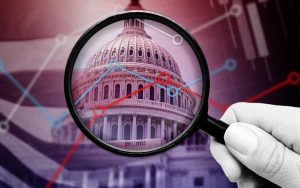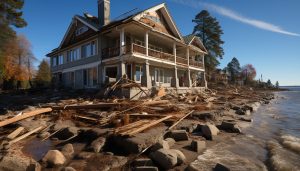Think of winterizing as armor for your house: a way to protect it against freezing pipes, drafty windows, energy-wasting leaks, and the weight of heavy snow. Done right, it not only keeps your space warmer and safer, but it can also help lower heating bills and even reduce your homeowners insurance costs.
What Does “Winterizing” Really Mean?
Winterizing isn’t just a fancy term your insurance agent throws around. It’s a collection of simple but strategic steps that safeguard your home against the unique threats winter brings: plunging temperatures, ice dams, snow buildup, and that sneaky, budget-draining culprit heat loss.
At its heart, winterizing is about making your home resilient. That means checking insulation, sealing gaps, servicing your heating system, insulating vulnerable pipes, and clearing out gutters so water doesn’t freeze and wreak havoc. It’s a little like tuning up your car before a long road trip. A few hours of care now can prevent expensive disasters later.
Why Winterizing Your Home Matters

If you’ve ever had to mop up after a burst pipe or seen a heating bill that rivals your rent, you already know why winter prep isn’t optional. Here’s why it matters:
Protect your home’s structure. Cold snaps can split pipes like soda cans in the freezer, and ice dams can creep under shingles, leading to leaks and costly repairs.
Saves energy and money. Poor insulation is like leaving a window cracked open all season. Proper sealing and efficiency upgrades can cut heating bills by 10–20%.
Supports health and comfort. A drafty home isn’t just unpleasant it can also make colds harder to shake and allergies worse.
Reduces insurance risks. Many insurers offer discounts for proactive maintenance, especially when it reduces the likelihood of claims. Fewer emergencies mean lower premiums over time.
How Winterizing Your Home Saves Money
The savings show up in two major ways:
Lower utility bills. Sealing leaks, insulating pipes, and optimizing your furnace means your system doesn’t need to work as hard. That translates to significant monthly savings.
Insurance perks. Insurance companies like to see responsible homeowners. When you winterize, you’re lowering the risk of costly damage claims and insurers may reward you with lower premiums or loyalty discounts.
In other words: a weekend of prep could pay you back all winter long.
7 Essential Tips to Winterize Your Home

Ready to get started? Here’s a checklist that covers the most common cold-weather trouble spots:
Insulate Your Pipes. Exposed pipes in basements, garages, or crawl spaces are most vulnerable to freezing. Foam insulation is inexpensive and easy to install.
Seal Windows and Doors. Even tiny gaps can let in icy drafts. Weatherstripping, caulking, or draft stoppers can make an immediate difference.
Clean Your Gutters. Leaves and debris cause blockages that lead to ice dams. A clean gutter means melting snow flows away from your home not into it.
Inspect Your Roof. Loose or missing shingles won’t stand up to snow and ice. Fix them now before small issues turn into leaks.
Service Your Heating System. Schedule a professional tune-up and replace filters to keep your furnace running efficiently. A breakdown in January is no one’s idea of cozy.
Install a Programmable Thermostat. Smarter temperature control prevents wasted energy and keeps your home comfortable without breaking the bank.
Prepare an Emergency Kit. Power outages are more common in winter storms. Stock up on water, non-perishables, blankets, flashlights, and a first aid kit.
Key Takeaways
Winterizing isn’t just another household chore, it’s an investment in safety, comfort, and financial peace of mind. With a little preparation, you can avoid costly repairs, enjoy lower heating bills, and even impress your insurance company with your proactive maintenance.
Think of it this way: while your neighbors are scrambling to thaw frozen pipes in February, you’ll be sipping hot cocoa in a warm, well-sealed home, confident you’ve done the work ahead of time. That’s what winterizing is really about buying yourself peace of mind when the snowstorms roll in.



